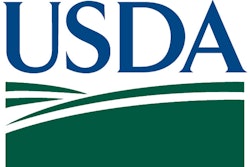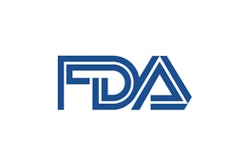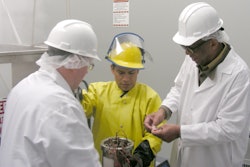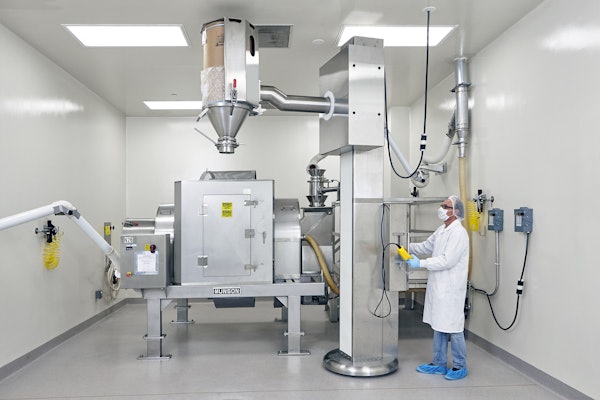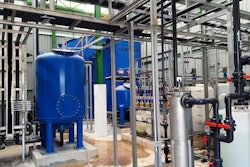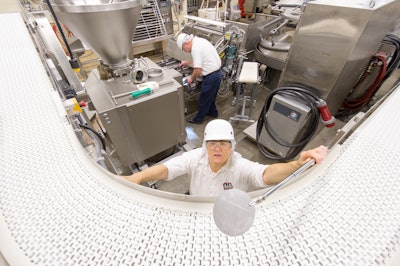
Between tainted flour, scraps of metal or traces of bacteria, the past couple of years have seen several high-profile recalls. But, user error isn’t all to blame. That’s because many of today’s food processors fail to invest in hygienic equipment design.
“For years, equipment manufacturers’ main design concern was functionality and production,” says Jesse Leal, quality manager, training food safety services standards and calibration at American Institute of Baking (AIB), Manhattan, Kan. “The focus was not on how to clean and maintain the equipment, but to make sure it performs to customers’ expectations. Many pieces of equipment had to be modified or upgraded to comply with many food safety requirements, such as gear boxes and bearings located directly over product zones with little or no protection to products below. For example, glass light bulbs in areas that could jeopardize the products being produced on the line if damage were to occur. The equipment industry is now embracing the food safety aspects of equipment design and soliciting input from the food industry they supply.”
Experts say hygienic equipment design could be the solution—and the future—to obtaining ultimate food safety.
“Sanitary design in a food processing plant enables equipment to be easily cleaned and remove potential physical, chemical or microbiological contaminants effectively and efficiently,” says Joe Stout, president of Commercial Food Sanitation, LLC, an Intralox company, Harahan, La. “All food processing plants, including low-moisture foods, need equipment of a sanitary design. Equipment with a sanitary design is easily accessible for cleaning to remove soils, microorganisms and of course allergens.”
And, while the Food Safety Modernization Act (FSMA) doesn’t address equipment design, it may inspire food manufacturers to comply with stricter design criteria.



